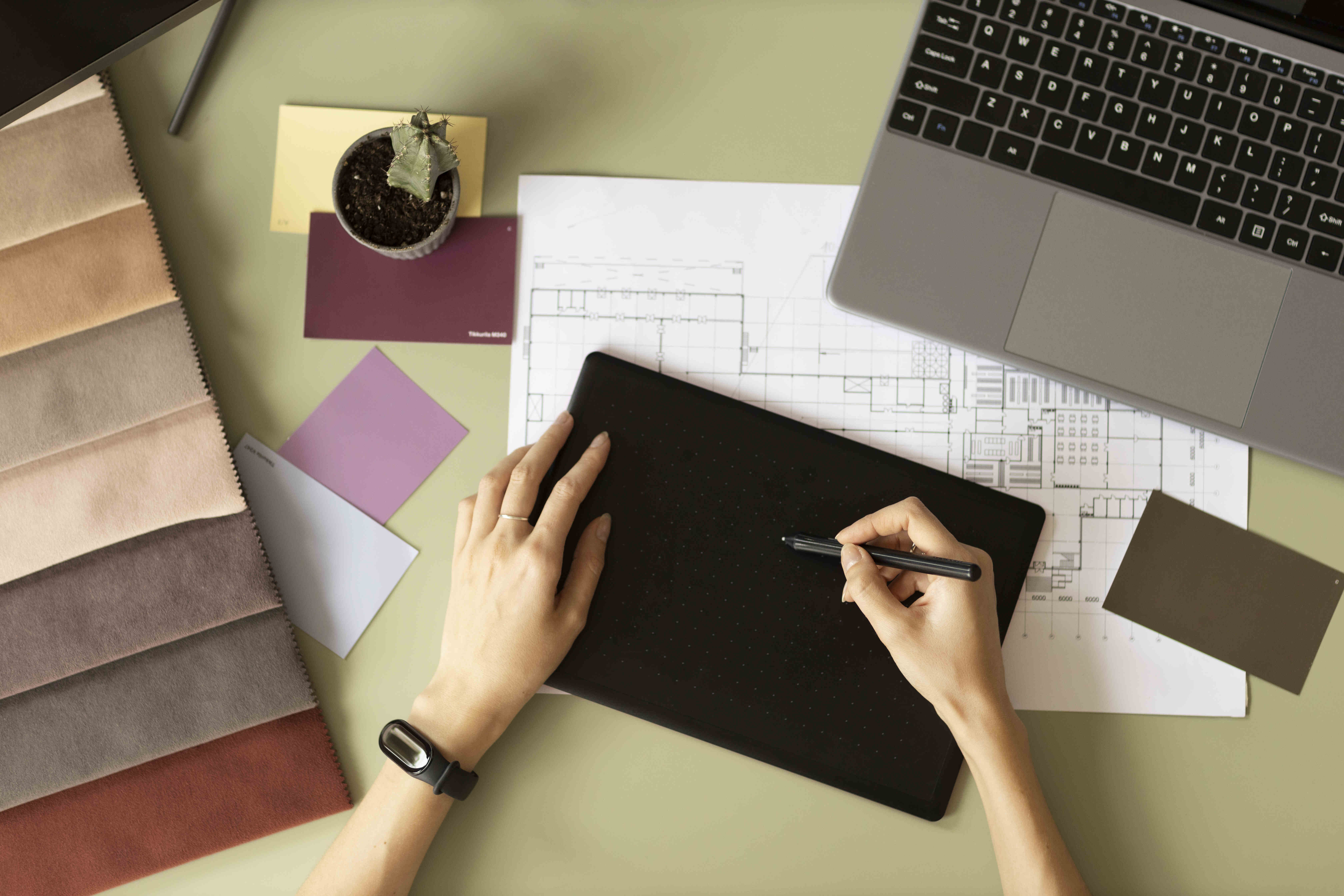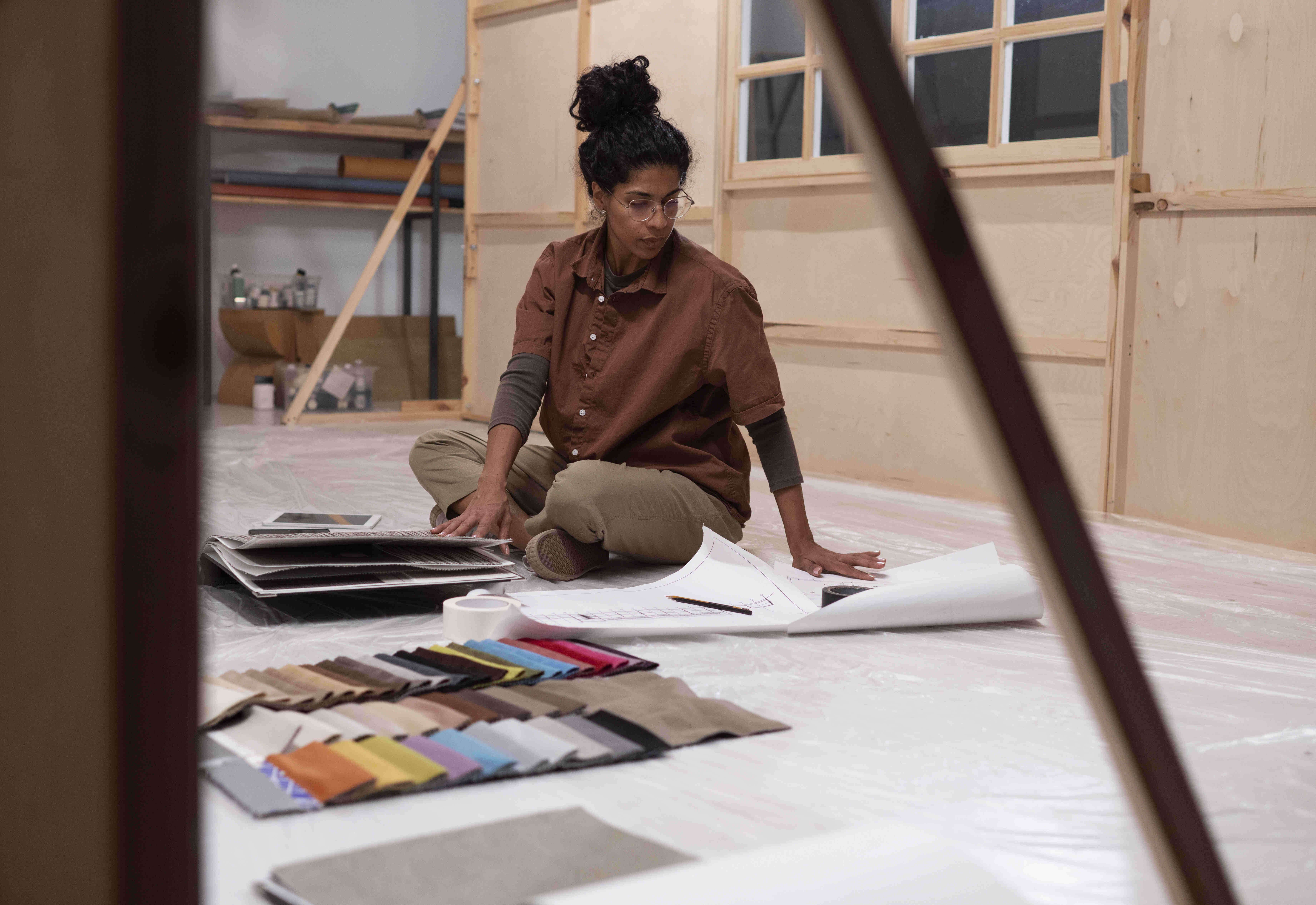Blog / What to Highlight in Your Interior Designer Resume: Skills That Get You Hired

Tuesday, 19 Aug 2025
What to Highlight in Your Interior Designer Resume: Skills That Get You Hired
The interior design market in India and across the globe is expanding rapidly, offering exciting career paths for aspiring professionals. With the ever-growing scope of interior design, employers are constantly searching for creative, skilled, and technically sound candidates who can deliver unique solutions to diverse spaces. To stand out, having a well-crafted interior design resume (or) interior design CV) is no longer optional—it’s essential. Your resume is the first impression recruiters get of your creative journey, skills, and experience, and it determines whether you’ll move forward in the hiring process. A thoughtfully designed resume not only highlights your talent but also positions you as a professional who understands the industry’s needs. In this blog, we will cover the skills, responsibilities, and sections you must showcase in your resume, along with common mistakes to avoid and best practices to follow up after applying.
What Skills Do You Need to Land a Job in Interior Design?
Success in interior design requires a blend of creativity, precision, and professional acumen. Employers look for a mix of design skills, technical skills, and business skills that prove your ability to handle projects end to end.
- Design Skills: Your ability to visualize, create, and adapt design concepts is the foundation of this profession. From mood boards to color theory, your artistic sense makes you stand out.
- Technical Skills: Tools like AutoCAD, SketchUp, and 3D Max are integral. Recruiters seek candidates who can translate concepts into detailed drawings and accurate models. Strong technical skills also cover material selection, lighting design, and sustainable practices.
- Interior Design Course Advantage: Completing an accredited interior design course not only improves your skills but also makes your interior design job applications stronger, giving recruiters confidence in your training and knowledge base.
Primary Responsibilities of an Interior Design Professional

While creativity is at the heart of design, recruiters also want candidates who understand day-to-day professional expectations. Your interior design resume should highlight these key responsibilities:
- Initial Consultation: Meeting clients, understanding their lifestyle, and discussing their expectations is a crucial first step.
- Space Planning: Good design blends functionality and beauty. Recruiters look for designers skilled in space planning, ensuring rooms are optimized for purpose and comfort.
- Concept Development: This is where your design skills shine—creating unique, cohesive concepts aligned with client needs.
- Collaboration with Team: Interior design isn’t solo work. Your ability to collaborate with teams of architects, contractors, and vendors shows you can deliver holistic solutions.
By highlighting these, you demonstrate that you’re prepared for real-world project challenges.
Must-Have Sections in an Interior Designer’s Resume
Your resume structure plays a huge role in catching recruiters’ attention. A best interior design resume should include the following:
-
Professional Summary
This is your elevator pitch. Keep it concise—2 to 3 lines summarizing your expertise, strengths, and achievements.
- Include keywords relevant to the role to pass applicant tracking systems.
- Mention your design philosophy and what makes you different.
- Use it to highlight projects that reflect your creativity and technical expertise.
-
Professional Experience
This section should detail your journey and contributions:
- Key Responsibilities: Clearly mention tasks such as design execution, client coordination, or project documentation.
- Freelancing Projects: Include independent work; it shows versatility and initiative.
- Design Competitions: Highlight achievements in competitions, as they showcase creativity under pressure.
- Internship Experience: Don’t skip internships—they often provide the foundation recruiters look for.
-
Educational Background
Employers value strong academic foundations. List your degree, diploma, or certificate courses here.
- Mention options like interior designing after 12th to emphasize your early commitment.
- Link your education to your readiness for an interior design job.
- Structure details to ensure they align with applicant tracking systems for maximum visibility.
-
Interior Design Portfolio
Your resume must be supported with a portfolio that demonstrates your work.
- Include a digital interior design portfolio that recruiters can easily access.
- A portfolio website makes you appear professional and accessible, while a standard portfolio works well for face-to-face interviews.
- Add project documentation for clarity, showing the depth of your process.
- This section allows your design skills to speak louder than words.
Common Resume Mistakes to Avoid:

Even talented designers often lose opportunities because of poorly written resumes. Watch out for these mistakes:
- Grammatical Errors: Careless spelling or grammar slips create a negative impression.
- Content Errors: Inaccurate information or outdated project details reduce credibility.
- Format Issues: A cluttered resume with inconsistent fonts or spacing is hard to read.
- Visual Presentation: A balance is key—while creativity matters, readability should never be compromised.
- Irrelevant Information: Avoid including unrelated hobbies or experiences that don’t add value.
Follow-Up Best Practices:
Your work doesn’t stop once you’ve sent your interior design resume. Following up strategically is essential:
- Send a polite follow-up email to inquire about the status of your application.
- After an interview, send a thank-you note or follow-up interview email to express gratitude.
- Respect boundaries—avoid repeated calls or messages.
- Best practice: wait approximately two weeks before sending a second reminder.
Conclusion:
Crafting an impactful interior design resume is the first step toward landing your dream interior design job. In a fast-evolving interior design market, a well-structured resume can set you apart, especially when it reflects the wide scope of interior design today. Whether it’s a strong professional summary, showcasing your design skills, or supporting your profile with a polished interior design portfolio, every detail matters. Backing your skills with the right interior design course or even the best interior design course with placement adds further credibility and employability. Remember, your resume is not just a document—it’s a story of your journey, your capabilities, and your creative identity. Invest time in making it strong, avoid common mistakes, and follow up with confidence. With the right strategy, your resume can open doors to exciting opportunities and a rewarding career in interior design.
Frequently Asked Questions

Corporate Headquarters
No. 25, Dr. Radhakrishnan Salai, Mylapore,
Chennai - 600 004, Tamil Nadu, India.
+91 98843 85048
Flagship Events
Trending Courses
Fashion Design
Interior Design






